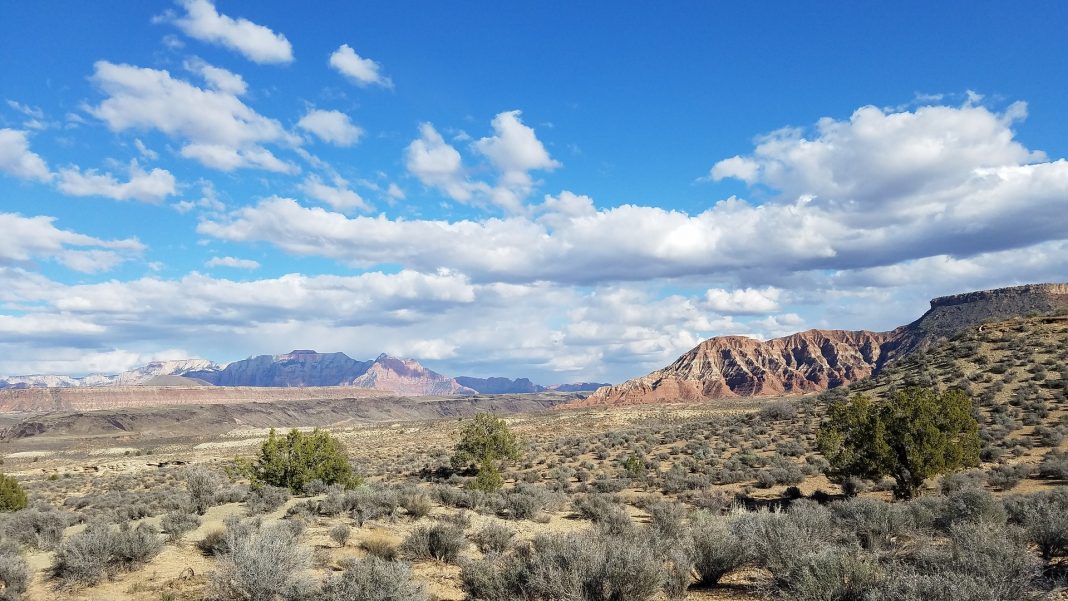According to a report by the U.S. Government Accountability Office (GAO), heightened tensions have arisen between public land workers and anti-government groups. Data gathered between 2013 and 2017 show that there have been over 350 assaults or threats. However, according to GAO, the exact number of incidents may be higher. For instance, public land employees may not always report such incidents, believing that threats or assaults are inevitable in their line of work.
Furthermore, there has been an approximate 19% decline in the number of U.S. Forest Service employees during this time period. There has also been close to a 10% decline in the number of Bureau of Land Management (BLM) employees. Statistically, there is one BLM worker for every 1.2 million acres of land by which the bureau manages.
Specifically, employees reported being physically attacked and threatened over the phone. According to the GAO report, the FBI conducted approximately 100 investigations into acts of domestic terrorism from 2013 to 2017. The individuals committing these crimes are mostly anti-government groups who despise the national bureaucracy. They also see the federal government as infringing upon their desired right to use public lands for their own agricultural and economic purposes.
In response to this, action by the GAO was requested by U.S. Rep. Raul Grijalva, an Arizona Democrat and chairman of the natural resources committee. The purpose being that additional safeguards must be allocated among the four public land agencies; the Forest Service, BLM, Fish and Wildlife Service, and the Park Service. Thus, a methodological approach to assessing security was put in place by the Interagency Security Committee (ISC). This approach will allegedly allow agencies to thoroughly analyze different aspects of their security measures, and pinpoint improvements that need to be made.
It is not as simple as it sounds, however. To conduct these assessments, it would require additional resources and expertise. According to GAO, the Fish and Wildlife Service have implemented such assessments, but the BLM, Forest Service, and the Park Service have not. The ISC believes that without the implementation of their approach, the agencies may remain vulnerable to security threats.
What strategies would you recommend to help protect public land?















